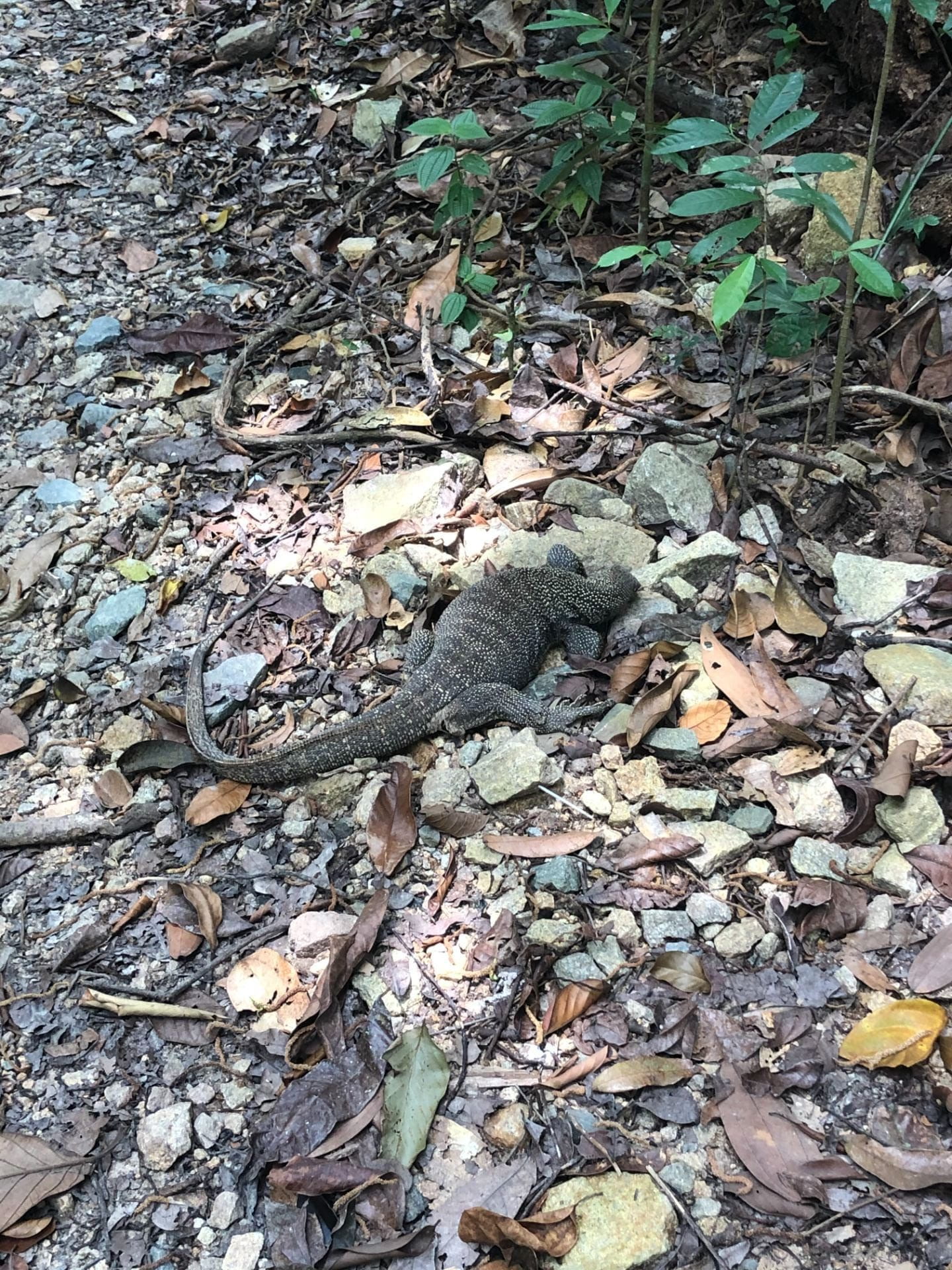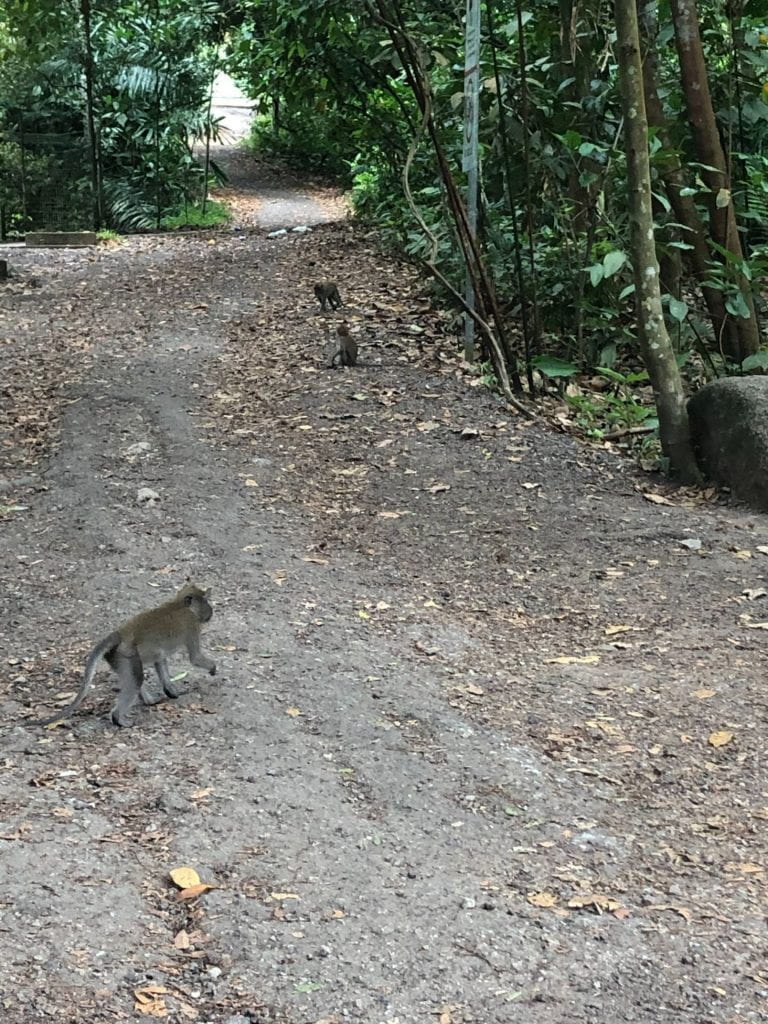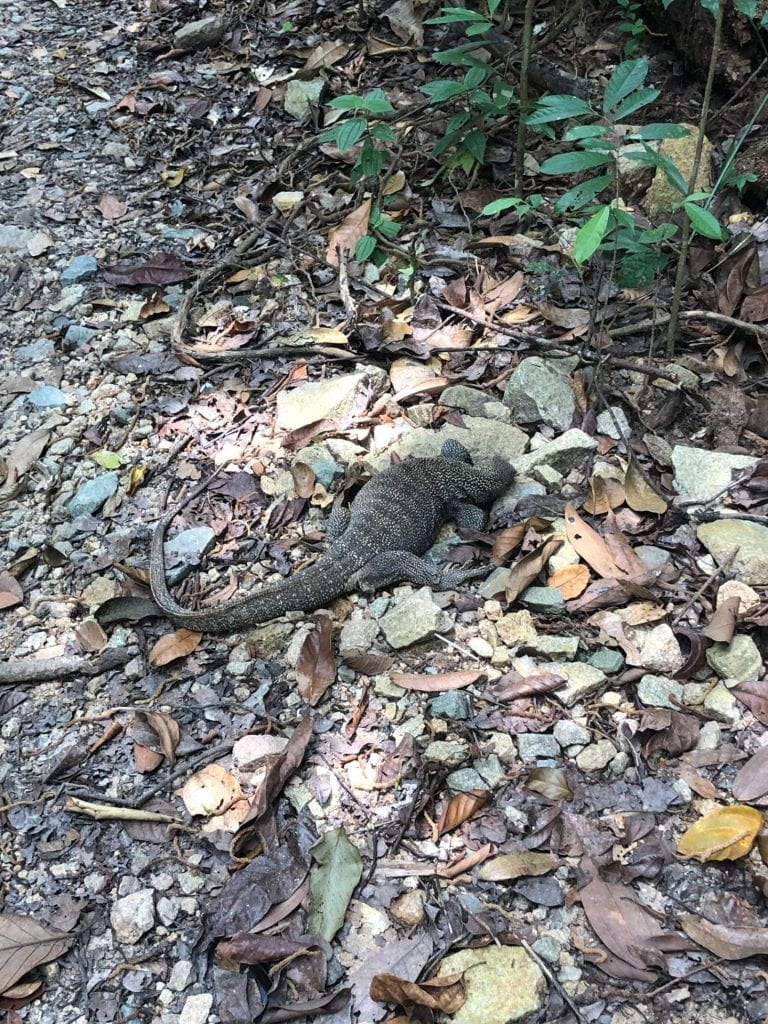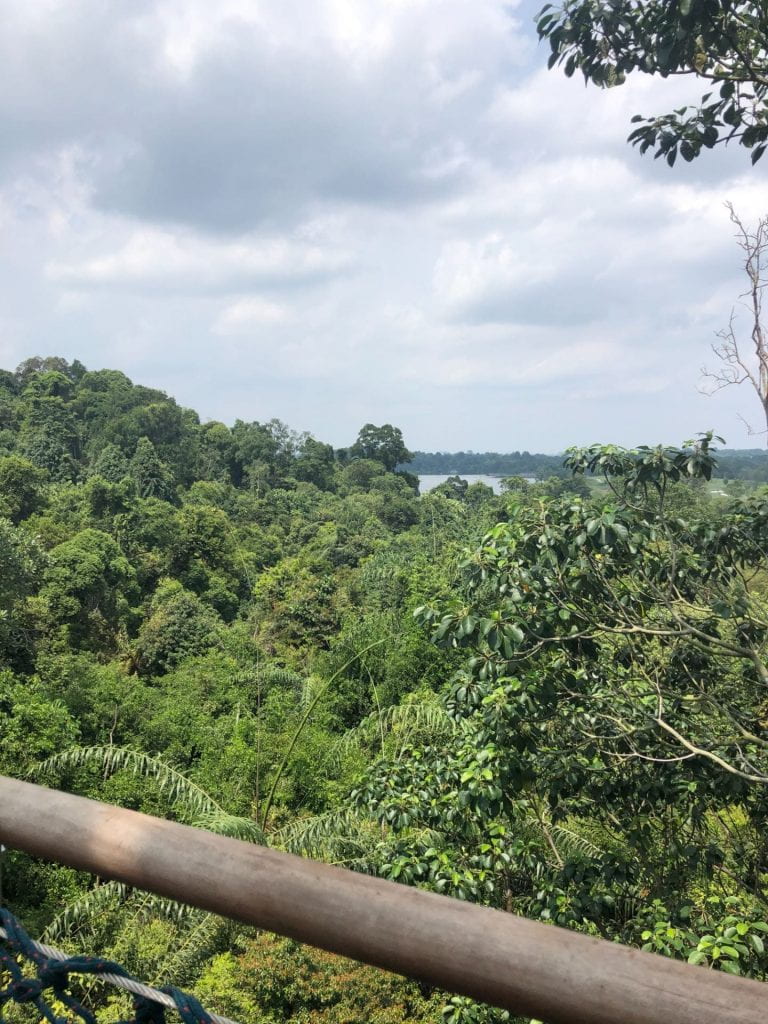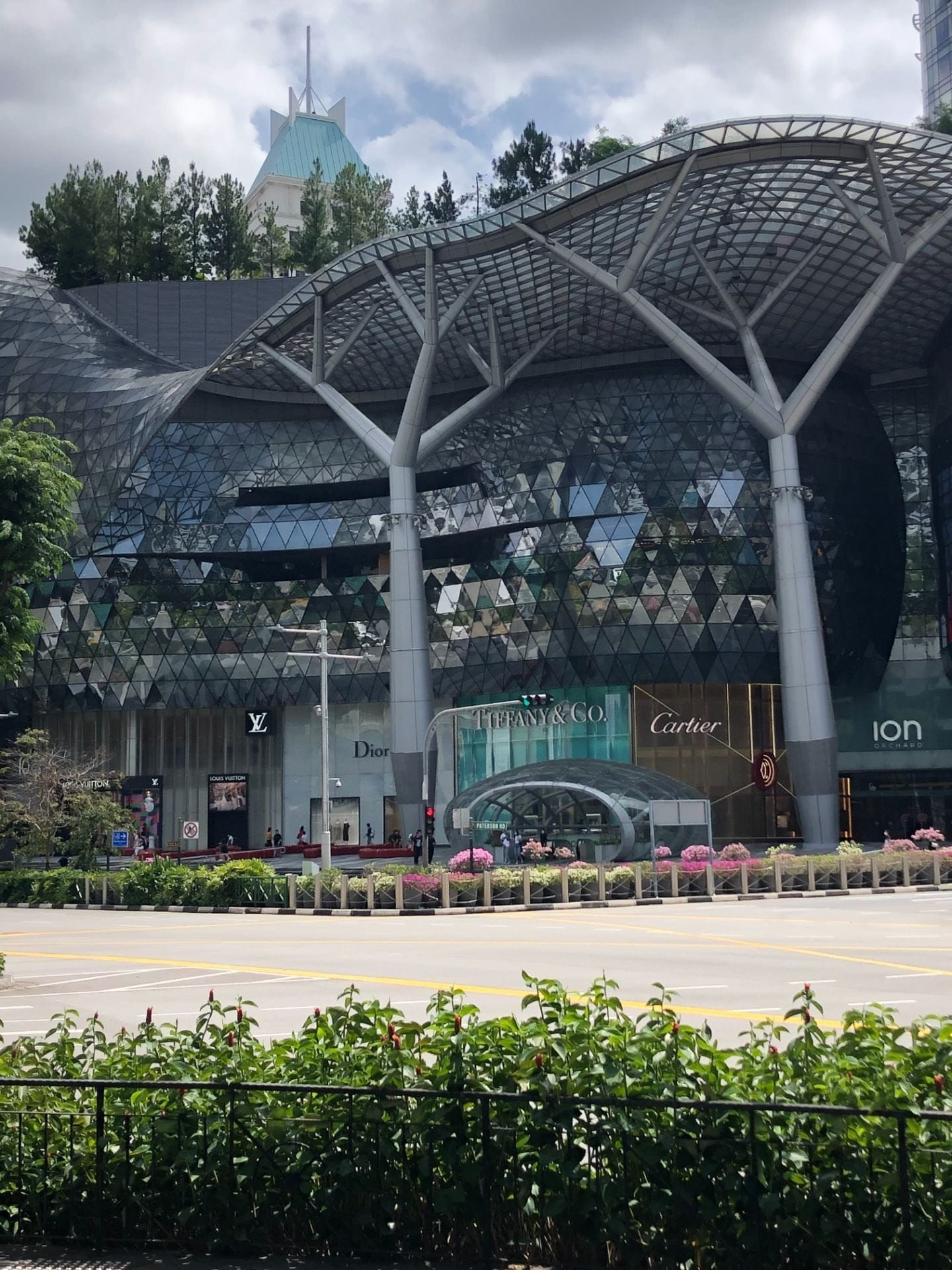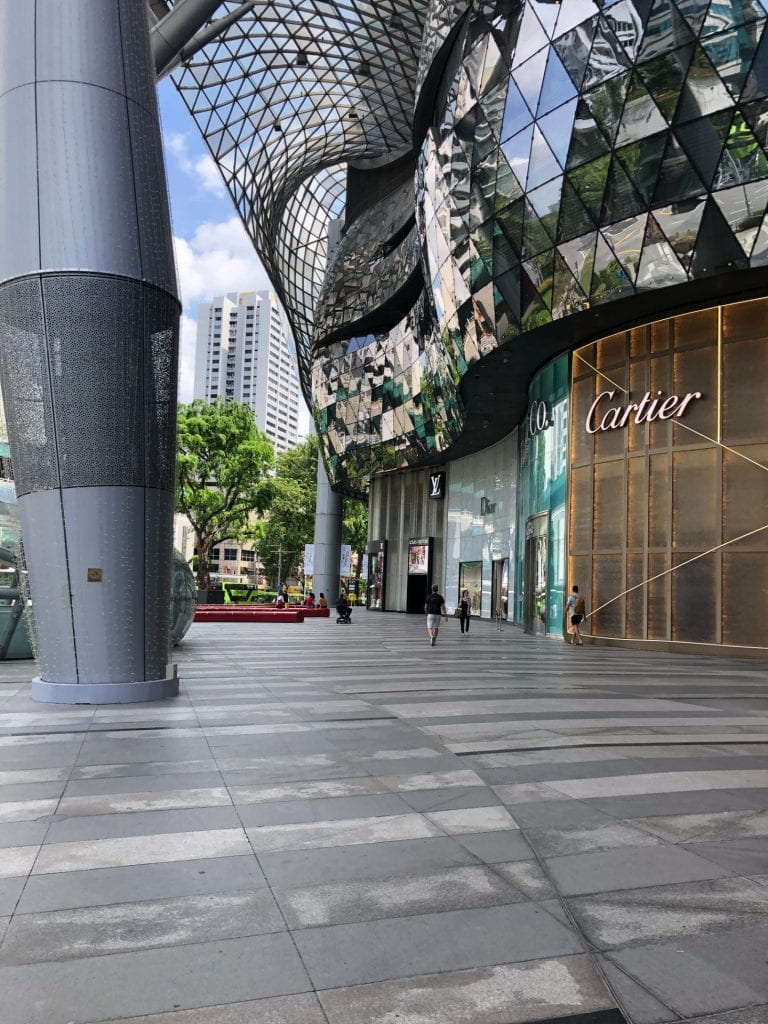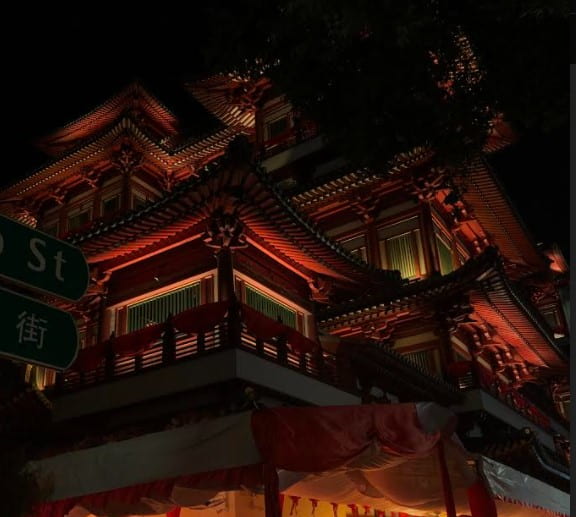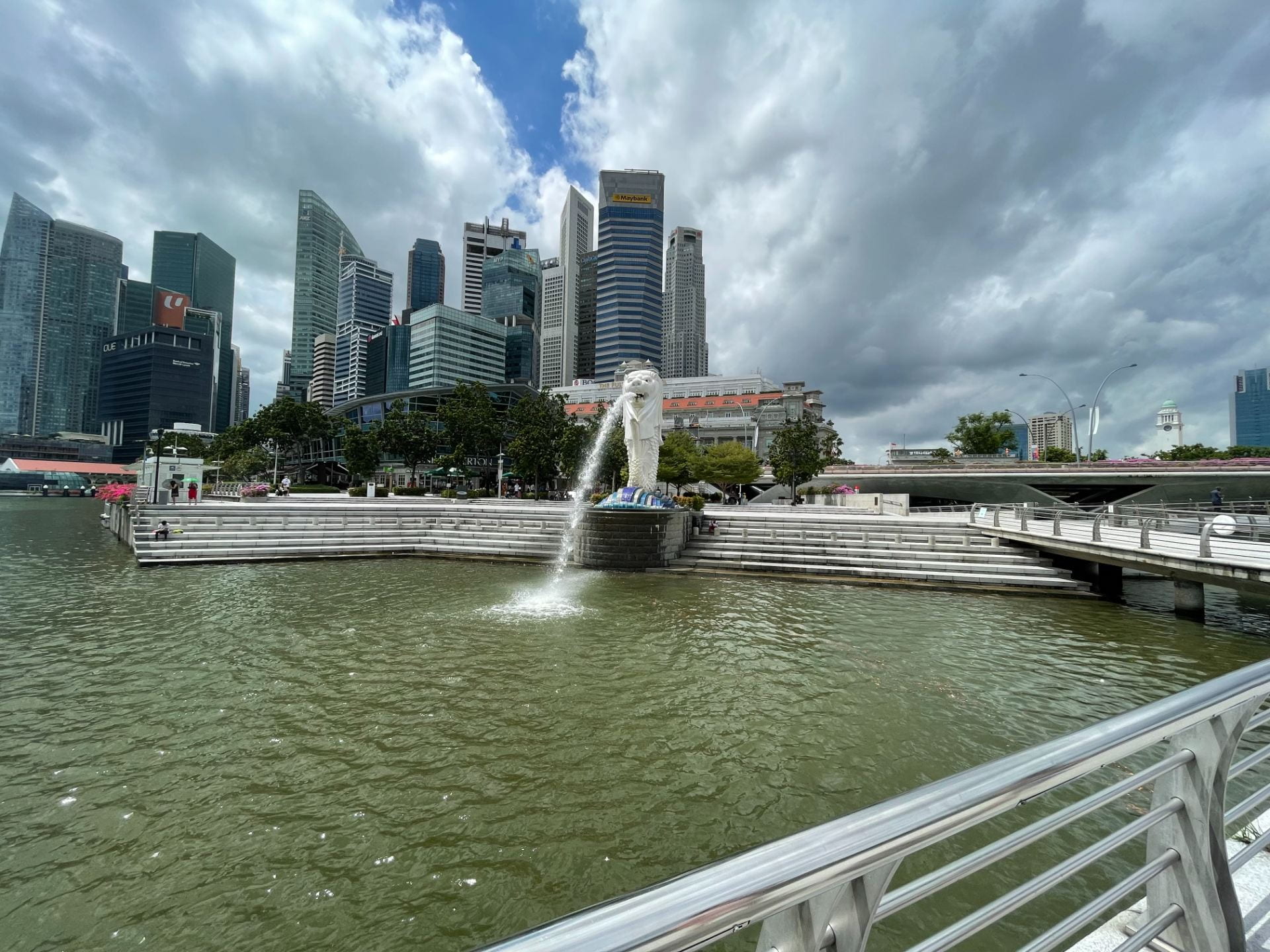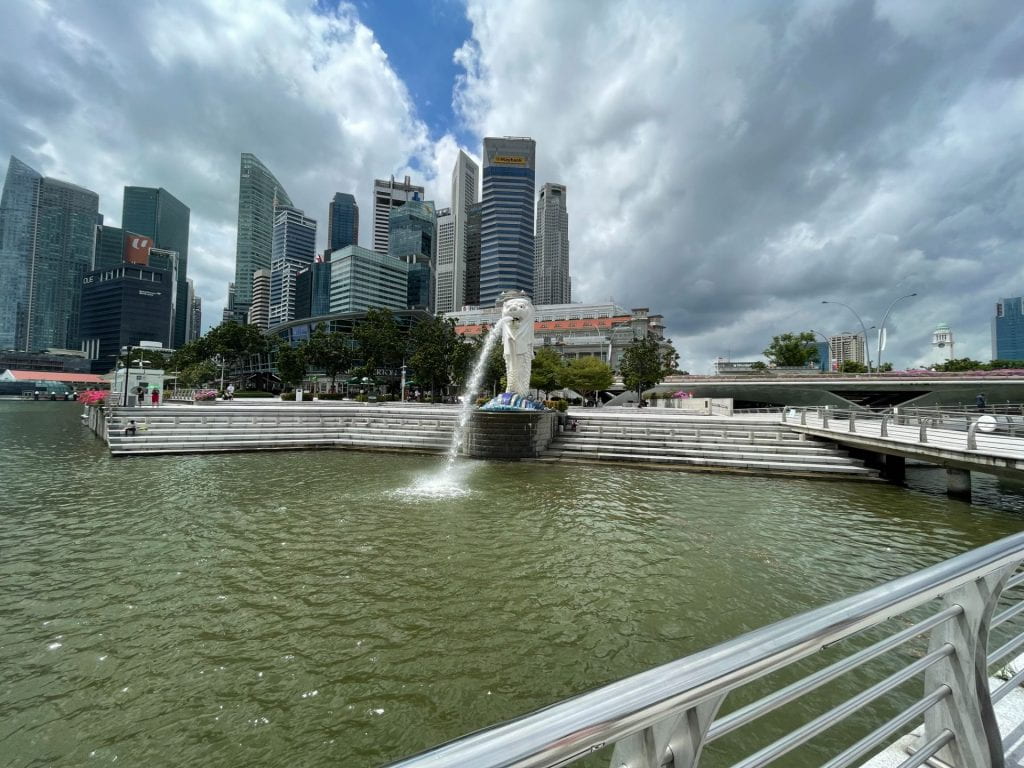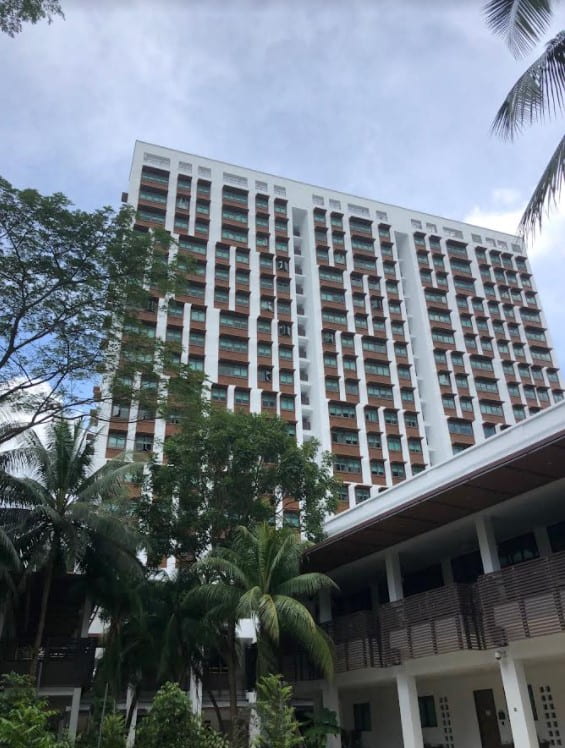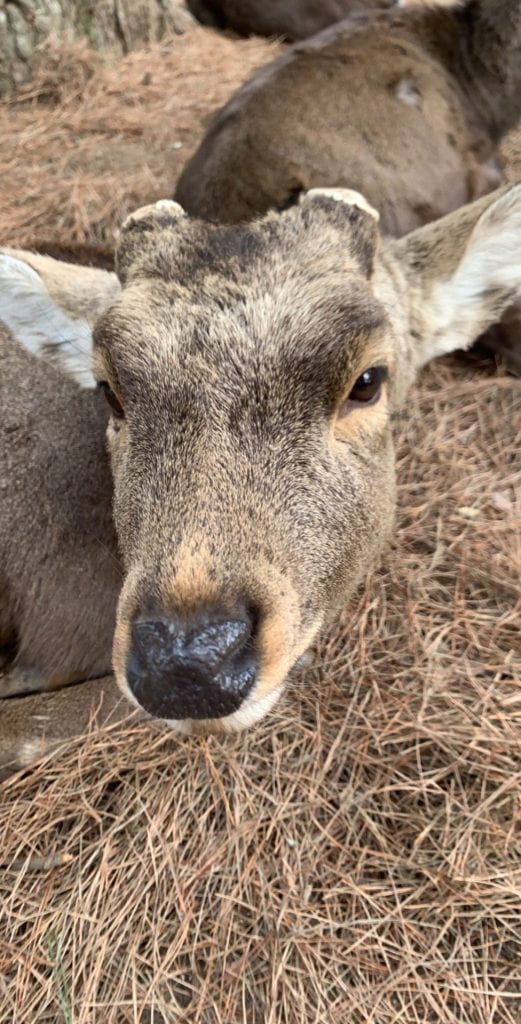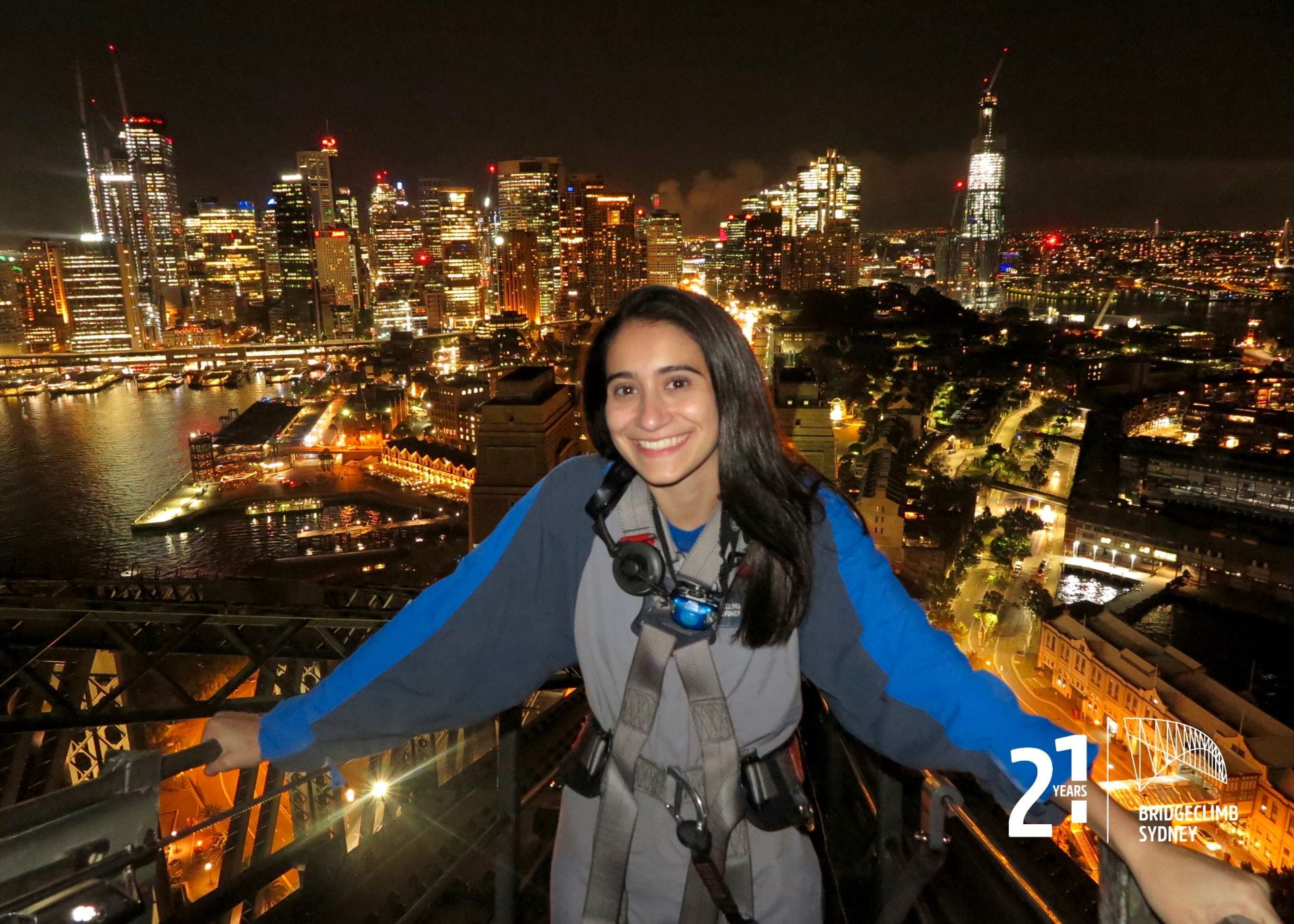
Submitted by Rebecca Beswick on the 2022 spring semester exchange program with the National University of Singapore…
Since I arrived in Singapore about four days before the class semester was to begin, I and the students I traveled with decided to take the time to explore our new location, and in the process got a crash course in the culture and logistics of our new home. The best part was we were able to simultaneously see the classic sites of the city while getting much-needed experience with public transportation.
Day 1: Taxi. Getting out of the airport, we had to take a private car to our residence halls, due to the COVID requirements. We hopped in a taxi from the airport, and quickly found we had no idea where we were going. We had an address, but the driver was used to verbal directions, so we typed addresses into his mobile phone and gave directions that way. The driver was incredibly kind, and we got the first glimpse of Singapore through the car windows, including the fact that cars drive on the left.
Day 2: University Shuttle. On the first day, we stayed on the university campus and worked to get our bearings. We wandered throughout the campus on sidewalks and through buildings, finding the nearest canteens (lines of food stalls) to our classes, but after a while we got hot and decided to stare at a campus shuttle map. The campus shuttle was the easiest way to get around for students, and was free to use. Riding from stop to stop on the different lines was helpful for when classes began and we had to go from one lecture hall to the next.
Day 3: Singapore Bus. This day we went to a mall and Hawker Center for supplies and food, and we had to figure out the bus system. Some locals were kind enough to take me the day before to get an ezlink card, a card which can be loaded with money to pay for both the bus and train. The buses are good for short distances and are quite clean, but we found they were a bit confusing to navigate with around the city.
Day 4: MRT. By far my favorite day using my favorite mode of transportation, we used the Singapore mass rail transit system (MRT) to go to the more touristy places in the city. The MRT is clean, quick, and the most technical train system I have seen in any city. It is also very clear where each train is going and each station has plenty of signage which makes it easy to change trains and choose the correct exit. There is also a cultural convention of not talking on the train, as it is seen as rude. We used the MRT to visit Marina Bay Sands and the famous Merlion Statue, some of the most iconic places in the country.
